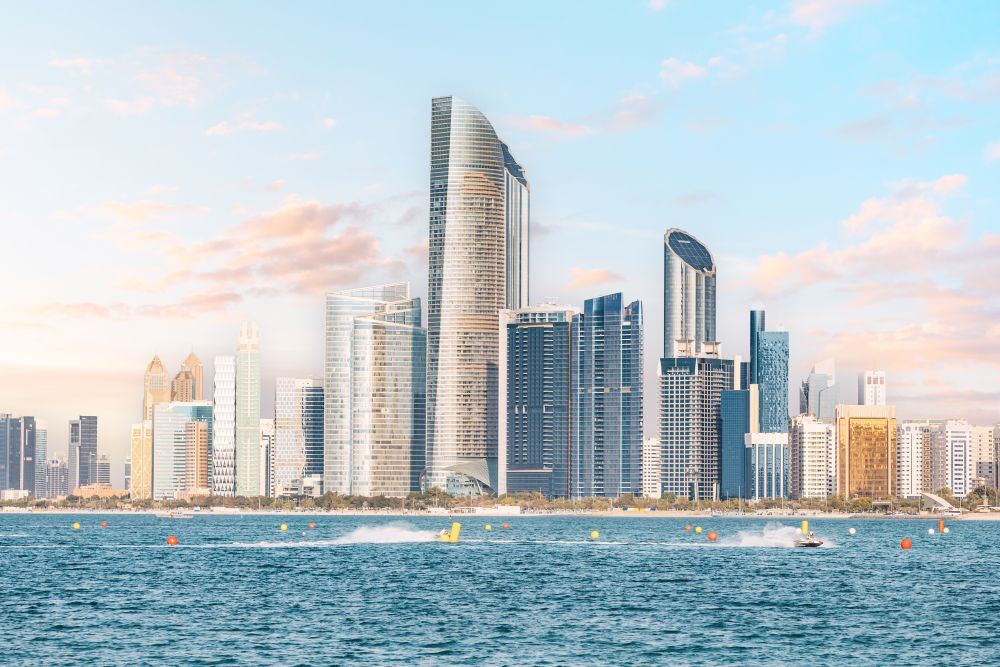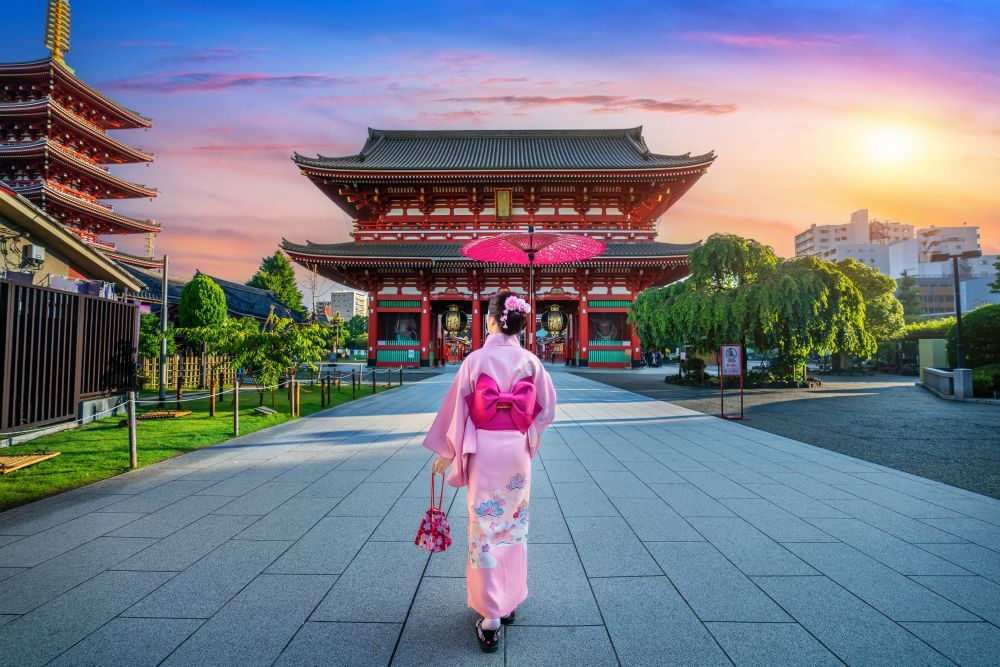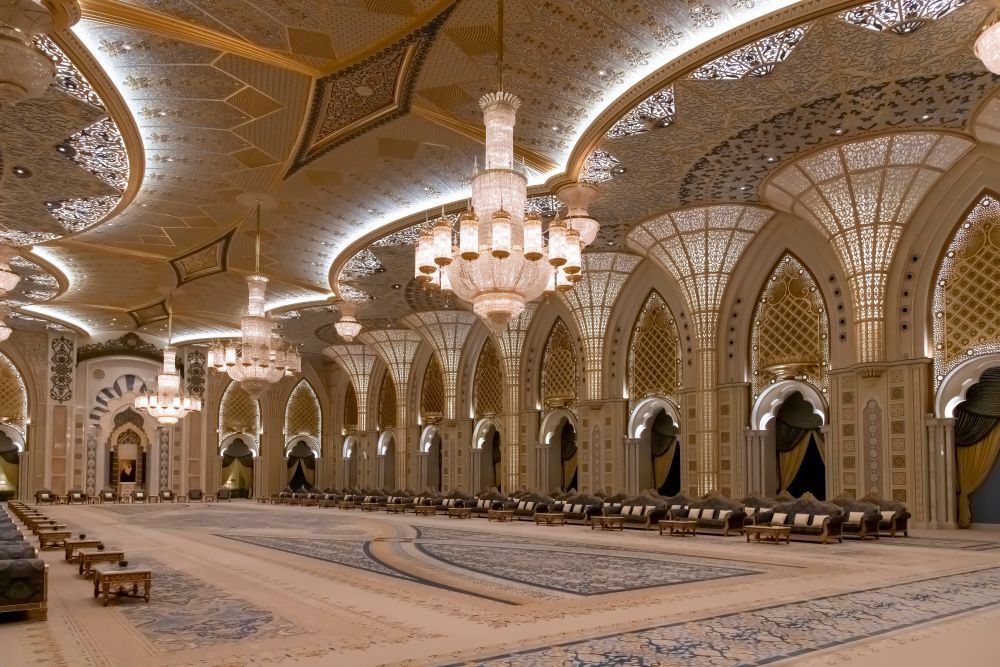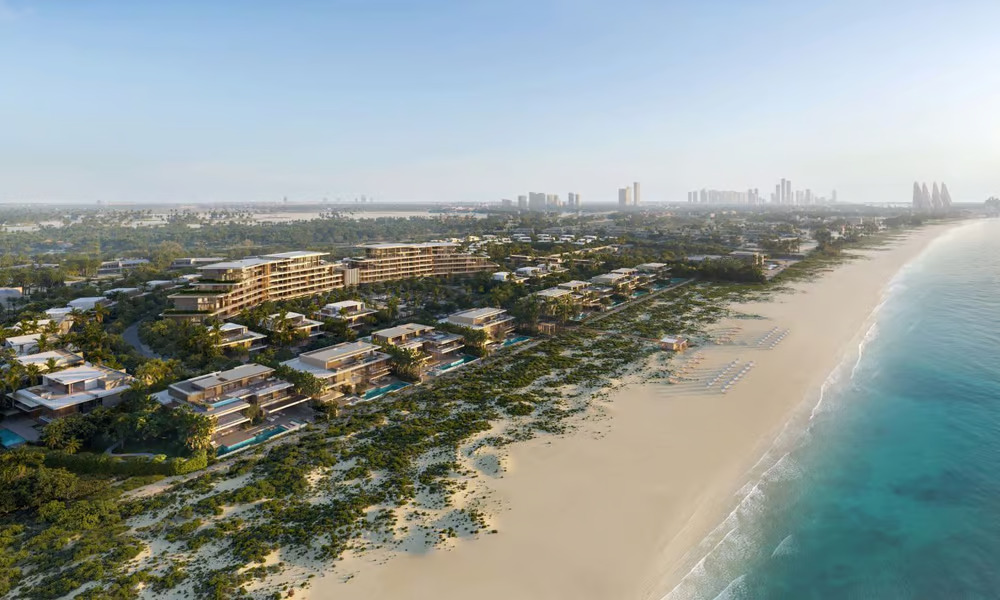Exploring Abu Dhabi’s Cultural Renaissance: Museums, Art, and Architecture
In 16th century Florence, the ruling Medici family transformed the city from a commercial and banking hub into a buzzing cultural capital rich in artistic output. While other rulers invested most resources into military and dynastic endeavours, the Medicis poured substantial capital into sponsoring artists and intellectuals with promise, elevating art patronage into a tool of political and cultural power for the first time. Indeed, sponsoring luminaries such as Da Vinci, Michelangelo, and Botticelli not only freed these artists from the ‘starving artist’ stereotype – it birthed the Renaissance, an era that would cement Italy as a global capital of culture for years to come.
Today, in a sandy region far from the soils of Italy, another cultural renaissance is happening. In recent years, Abu Dhabi has emerged as a champion of arts and culture, pouring vast investments into landmark institutions like the Louvre Abu Dhabi and the forthcoming Guggenheim, transforming Saadiyat Island into a cultural epicentre. The capital has also committed an extraordinary $1 billion to Sotheby’s, the world’s oldest auction house, further cementing its vision for the future. Beyond art patronage, the capital has quietly built a rich cultural and architectural landscape of its own, from the Sheikh Zayed Grand Mosque to the falcon-inspired Zayed National Museum. Below, we explore some of the institutions driving Abu Dhabi’s cultural renaissance.

Louvre Abu Dhabi
Few buildings in the world ignite the imagination quite like the Louvre Abu Dhabi. Established in 2017, this era-defining institution was the first universal museum in the Arab world, marking Abu Dhabi’s arrival on the global art stage. Its architecture is an extraordinary example of contemporary Arabic design, crowned by a geometric mashrabiya dome made up of nearly 8,000 interlocking stars. The dome, designed by Pritzker Prize-winning architect Jean Nouvel, draws inspiration from celestial movements, casting a luminous ‘rain of light’ as sunlight filters through. What really sets the Louvre Abu Dhabi apart is its harmony with its calm, coastal surroundings. Anchored on the edge of the Arabian Gulf, the exterior walkways are surrounded by freeflowing seawater, offering visitors the unique experience of arriving by land or sea.
Louvre Abu Dhabi delivers substance far beyond its striking exterior. Its collection features over 120 masterpieces from figures such as Van Gogh, Picasso, and Da Vinci, alongside works by contemporary artists like Piet Mondrian. In a compelling juxtaposition of cultural art and history, the gallery exhibits a number of ancient artefacts from around the world, including the Falcon Statue from the Arabian Peninsula (2000 BCE), The Dancing Shiva from 10th-century India, and a marble bust of Emperor Augustus, carved around 27 BCE in Rome.
Also Read: The Louvre Abu Dhabi
Guggenheim Abu Dhabi
Guggenheim Abu Dhabi is one of the most eagerly anticipated developments on Saadiyat Island. Designed by Frank Gehry, the building is a bold showcase of postmodern experimentation, featuring stacked asymmetrical cones and cubes interwoven with industrial materials and Islamic geometric motifs. Guggenheim Abu Dhabi will be the largest of the four Solomon R. Guggenheim Foundation's museums, spanning an incredible 320,000 square feet. It is scheduled to open later this year.
While displays and exhibitions in the Louvre Abu Dhabi span across eras ranging from the prehistoric to the present day, the focus of the Guggenheim Abu Dhabi is distinctly contemporary. The museum’s project director Stephanie Rosenthal said in 2023 that the collection has been built “for 15 years by excellent curators in a deeply thought-out endeavour”. Guggenheim Abu Dhabi has ambitious plans to cement itself on the global art stage more actively through its commissions, welcoming and nurturing artists and researchers from the UAE and beyond.
Also Read: Abu Dhabi Museums
Zayed National Museum
Also set to open on Saadiyat Island later this year, the Zayed National Museum stands as a tribute to the life and legacy of Sheikh Zayed bin Sultan Al Nahyan, the Founding Father of the UAE. A masterpiece of cultural symbolism, the building itself features five swooping steel towers inspired by the wings of a falcon in flight, with the galleries nestled beneath. The museum’s design draws deeply from its surroundings, with its towers serving a dual purpose: striking visual landmarks and functional thermal chimneys that passively cool the building in harmony with the region’s climate.
Inside, the Zayed National Museum will exhibit the history of the UAE, showcasing a range of archeological treasures that tell the story of the region from the Ice Age right through to present day. Visitors can also learn more about the history of Islam and the Arabic language, as well as the nation’s bedouin past as a nomadic, seafaring society. Much like its namesake, the Zayed National Museum promises to leave an indelible mark, standing as a centre for knowledge and cultural exchange for Abu Dhabi and beyond.
Also Read: Historical Places in Abu Dhabi
Sheikh Zayed Grand Mosque
The Sheikh Zayed Mosque in Abu Dhabi stands as one of the finest examples of classical Islamic architecture, a testament to both design and devotion. Drawing inspiration from Ottoman, Persian, and Mughal traditions, the mosque features 82 domes clad in luminous white marble. This incredible structure took 11 years to complete, and its scale and grandeur speaks for itself. The prayer hall houses the world’s largest hand-knotted carpet, crafted by more than a thousand artisans, and one of the largest crystal chandeliers in the world, adorned with millions of colourful Swarovski crystals. Among its most soothing features are the reflective pools and courtyard, inlaid with intricate floral mosaics that create a stunning interplay of light, water, and space.
Beyond its role as a place of worship, the Sheikh Zayed Mosque is home to an extensive library and the inspiring ‘Light and Peace’ museum. This museum showcases the breadth of Islamic civilisation through exquisite artwork, artefacts, and interactive sensory experiences, offering visitors a journey through the spiritual and cultural legacy of the Muslim world.
Also Read: Art Exhibitions in Abu Dhabi
Local Independent Art Galleries and Creative Hubs
Names like the Louvre and Guggenheim are heavyweights on the global art stage, but Abu Dhabi isn’t only interested in being a custodian of fine art – it’s also on a mission to empower its local creative community. Meaning ‘Place of Enlightenment’, Manarat Al Saadiyat in Saadiyat Island’s cultural district is a fine example of this ethos. A cultural nexus, this local institution hosts a number of artist residencies, workshops, and rotating exhibitions, and has lovely communal spaces designed to foster conversation and connection among like-minded people.
Nearby in the newly revitalised Mina Zayed district is 421 Arts Campus (previously known as Warehouse421) – a microcosm of Abu Dhabi’s creative energy. Housed in a converted industrial space, it’s an independent platform that’s dedicated to nurturing emerging creatives in the UAE, from serving as a space for those who “harness the arts as an agent for social inquiry and transformation”. Since opening its doors in 2015, 421 has hosted hundreds of exhibitions and more than 1000 programmes across a range of disciplines, catering to early-career artists seeking the space to experiment beyond the confines of the commercial art market.



